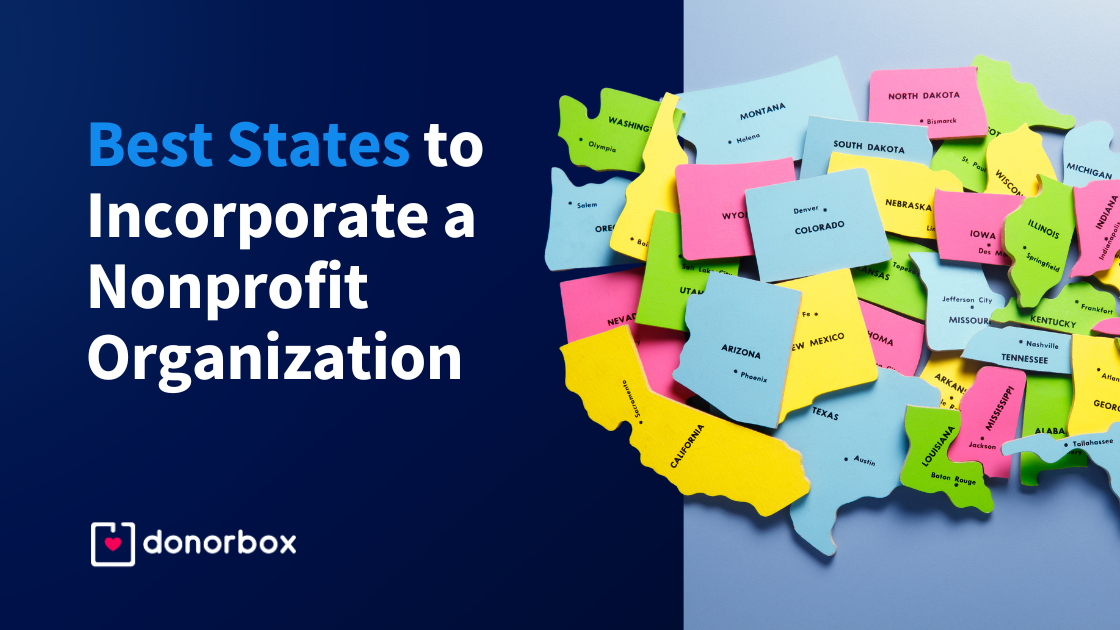Leading Nonprofit Agency: Offering Strategic Assistance for Mission-Driven Groups
Leading Nonprofit Agency: Offering Strategic Assistance for Mission-Driven Groups
Blog Article
Recognizing the Necessary Role and Influence of a Nonprofit Company in Neighborhood Growth and Assistance Solutions
Not-for-profit firms serve as crucial drivers for neighborhood growth and assistance solutions, attending to the diverse requirements of marginalized populations. The landscape of not-for-profit job is stuffed with obstacles and opportunities that can substantially influence their effectiveness.
Definition of Nonprofit Agencies
Not-for-profit firms are frequently specified as companies that run primarily for purposes besides generating revenue for owners or investors. These entities focus on addressing social, social, environmental, or community needs, and they reinvest any kind of surplus earnings back into their mission-driven tasks. Nonprofits may take different types, consisting of charitable companies, structures, advocacy teams, and social ventures, each with special frameworks and functional structures.
The leading concept of a not-for-profit agency is its dedication to serving the general public interest. This dedication frequently shows up in a broad variety of solutions, from education and health care to real estate and ecological conservation. Nonprofits typically depend on diverse funding sources, including donations, gives, and subscription fees, to sustain their efforts.
In order to keep transparency and accountability, not-for-profit companies are needed to comply with specific regulations and reporting standards. This oversight is necessary for constructing count on with stakeholders, including contributors, volunteers, and the communities they offer. By focusing on social impact over financial gain, not-for-profit companies play a crucial duty in fostering area growth and attending to pushing social difficulties, thus adding significantly to the overall health of culture.
Trick Functions in Area Advancement
Community advancement grows on the energetic involvement of various organizations, with not-for-profit firms playing a critical role in promoting lasting development and improvement. These agencies work as vital facilitators, linking voids between community requirements and readily available sources. Among their vital features is to identify and evaluate neighborhood requirements with neighborhood involvement, guaranteeing that advancement campaigns are pertinent and tailored to the specific context.

Campaigning for is another essential feature of nonprofits, as they represent the interests of the area in plan discussions, pressing for fair access to services and resources. By elevating understanding on vital issues, they add to notified decision-making at numerous degrees. Ultimately, the complex roles of not-for-profit agencies in community growth not just promote immediate renovations yet also prepared for long-term sustainability and durability within areas.

Influence On Prone Populations
Exactly how do not-for-profit companies specifically resolve the requirements of prone populaces within neighborhood development initiatives? Not-for-profit companies play an essential function in determining and dealing with the special challenges dealt with by marginalized teams, consisting of low-income families, the elderly, and individuals with impairments. By customizing their programs and services, these organizations can supply essential support that fosters resilience and self-sufficiency.
For example, numerous nonprofits provide access to food aid programs, real estate assistance, and medical care services that directly ease the concerns faced by vulnerable populaces. Furthermore, they commonly work as advocates, magnifying the voices of those who may or else go unheard in plan discussions. Through neighborhood outreach and education and learning, nonprofits empower people with the knowledge and sources necessary to browse complex systems and protect their civil liberties.
In addition, nonprofits engage in capacity-building efforts that enhance the skills and possibilities of at risk people, thereby promoting social equity. Their dedication to inclusivity guarantees that neighborhood growth initiatives are extensive and responsive to the varied demands of all locals. In recap, not-for-profit firms are indispensable in minimizing the obstacles encountered by vulnerable populations, promoting area communication, and driving lasting advancement.

Cooperation With Citizen Governments
While several difficulties in area development need concerted initiatives, partnership in between local federal governments and not-for-profit companies is crucial for creating efficient solutions. This collaboration permits the merging of resources, expertise, and networks, which can considerably boost solution distribution and area involvement. Nonprofit firms commonly have direct knowledge of the demands and goals of regional populaces, allowing them to notify federal government plans and programs properly.
In addition, regional governments can offer important assistance in terms of funding, framework, and regulative structures that promote the work of nonprofits. This synergy not only promotes an extra thorough strategy to resolving community problems yet likewise guarantees that efforts are grounded in the realities of the populaces they intend to serve.
Joint initiatives, such as neighborhood health programs, academic workshops, and housing tasks, show the substantial benefits of this cooperation. By straightening their goals and methods, not-for-profit firms and local federal governments can develop lasting impacts that boost the high quality of life for locals.
Difficulties and Opportunities Ahead
The collaboration in between local governments and nonprofit companies, though helpful, is not without its challenges. One considerable difficulty is the often minimal financing offered for nonprofit companies, which can impede their capacity to apply extensive neighborhood programs. This monetary restraint can lead to competition for resources, producing stress amongst numerous firms making every effort to attain comparable goals. In addition, differing top priorities in between nonprofits and federal government entities can result in misaligned objectives, complicating collaborative initiatives.
However, these difficulties also existing special opportunities. Nonprofits can leverage their grassroots connections to determine neighborhood needs that might be overlooked by federal government agencies, ensuring that services are tailored to the local population. By fostering ingenious partnerships and exploring alternate financing resources, such as social enterprises or give possibilities, nonprofits can improve their sustainability and effect.
Additionally, the growing acknowledgment of the significance of cumulative effect urges a much more incorporated method to community advancement. This develops Continue a productive ground for nonprofits to support for plan changes that attend to systemic issues. By accepting both obstacles and chances, not-for-profit agencies can remain to play an essential role in progressing area advancement and assistance services, inevitably benefiting the areas important source they serve.
Final Thought
In summary, nonprofit companies function as vital catalysts for area development and support solutions, effectively addressing the requirements of at risk populations. With their diverse features, these companies cultivate collaboration with city governments and set in motion sources, ultimately improving social equity. In spite of encountering obstacles, the possibility for development and innovation within the nonprofit industry stays considerable. Continued investment in these companies will certainly ensure the sustainability of their efforts, equipping neighborhoods to prosper and advertising lasting positive change.
Not-for-profit firms serve as essential catalysts for neighborhood growth and support services, dealing with the multifaceted demands of marginalized populaces. Eventually, the complex duties of not-for-profit agencies in community growth not only advertise instant enhancements however additionally lay the groundwork for long-term sustainability and strength within communities.
While many obstacles in area growth need concerted initiatives, collaboration in between regional federal governments and not-for-profit firms is essential for creating reliable options. By embracing both other possibilities and difficulties, nonprofit companies can continue to play a crucial role in advancing community advancement and assistance services, inevitably benefiting the areas they serve.
In recap, not-for-profit agencies offer as vital drivers for community advancement and assistance solutions, successfully attending to the demands of at risk populations. - nonprofit agency
Report this page